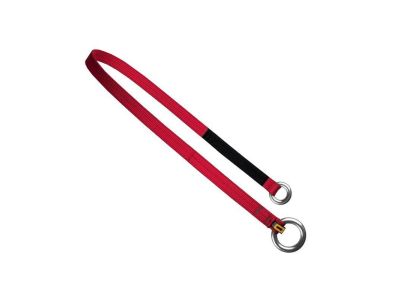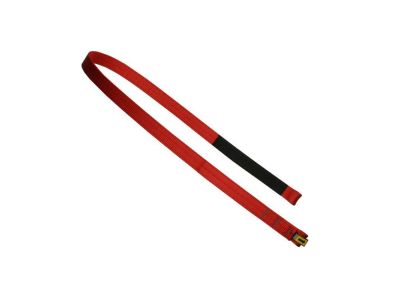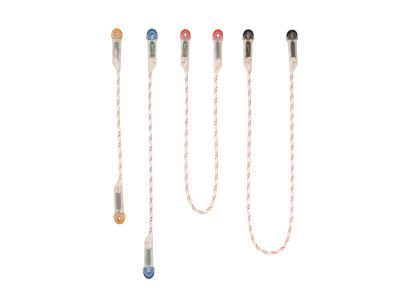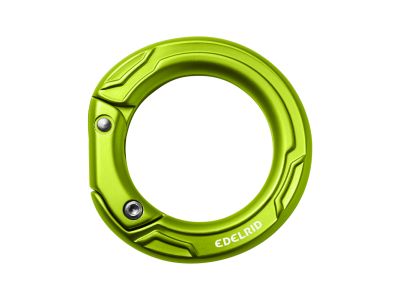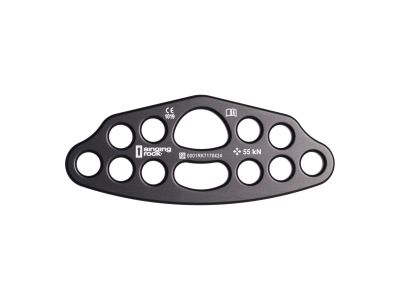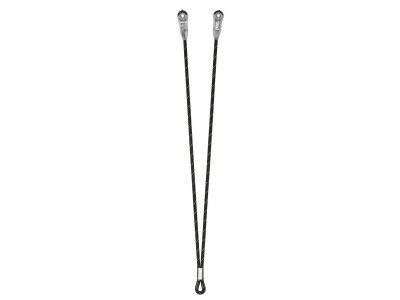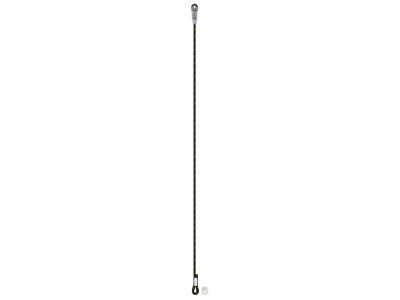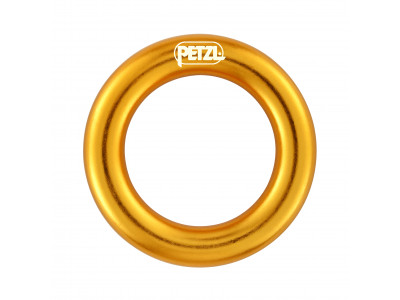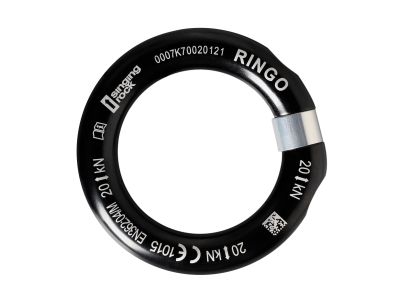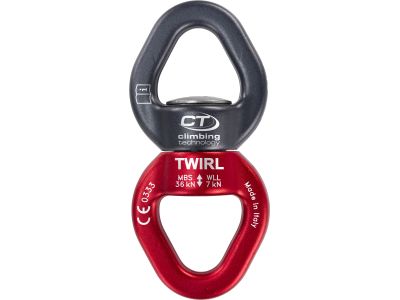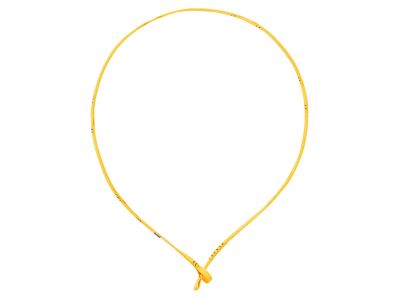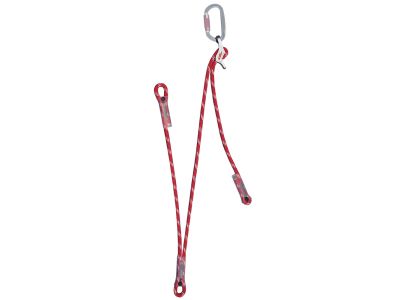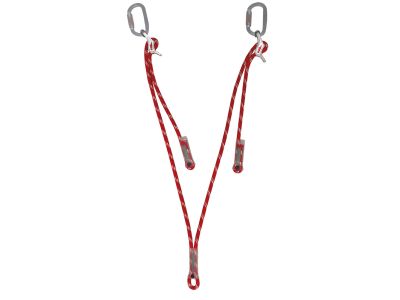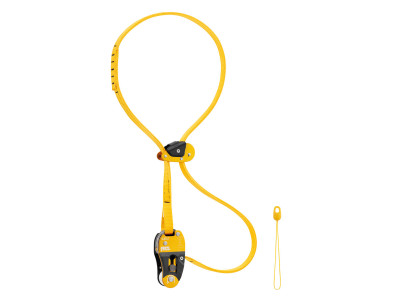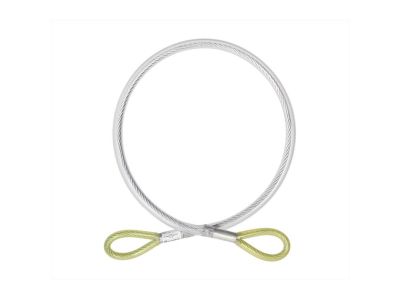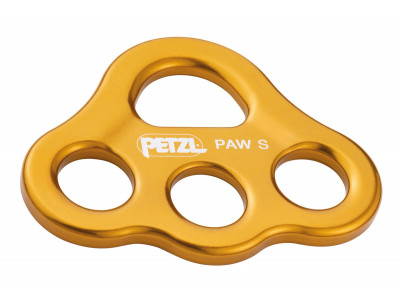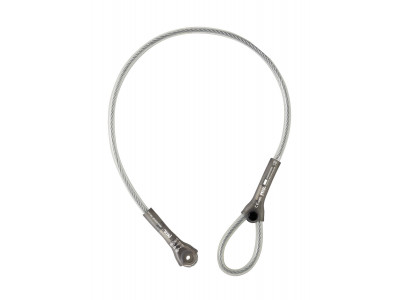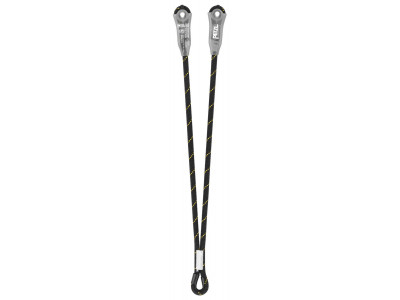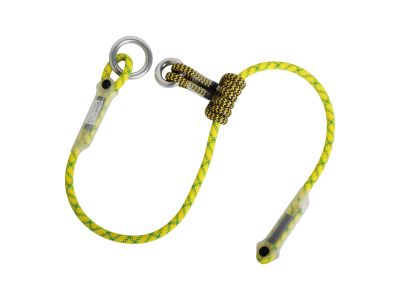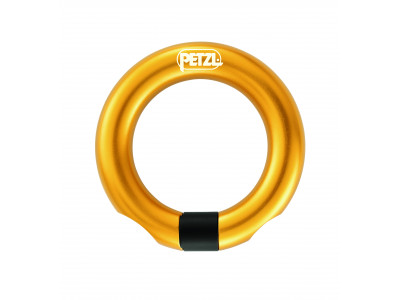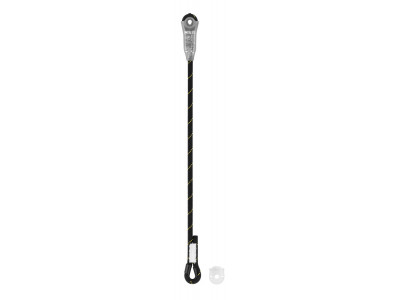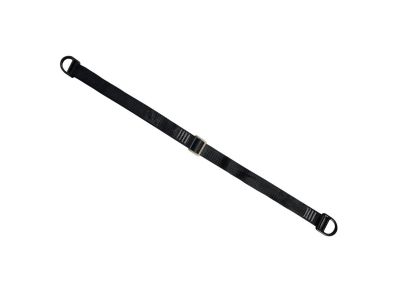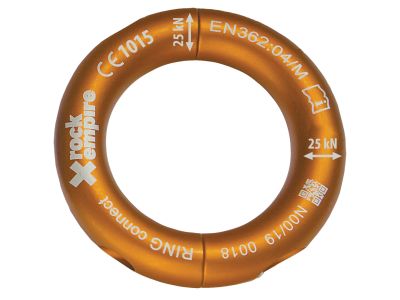Anchors are used in mountaineering to secure a climber to a fixed point to prevent a fall. Typically, various anchoring devices are used for this, such as twisters, rings, anchor loops, and anchor plates.
Twister swivels are a type of anchoring device that allows a climber to smoothly rotate their anchor point, reducing rope drag and preventing twisting. Connecting rings are circular metal loops used to attach a climber's rope or carabiner to a fixed anchor point. Anchor loops are similar to rings, but are usually made of webbing or cord and can be easily attached to bolts or other anchor points. Anchor plates are metal plates with multiple attachment points that are used to secure a climber to a fixed anchor point.
How to choose a suitable anchor plate?
Anchor plates are key components in the construction of safe multi-point anchors, and their correct selection is essential for the safety of the climbing system. Here is a guide to what to consider when choosing anchor plates for climbing:
- Material: Anchor plates are typically made of either aluminium or steel. Aluminium is lighter but may have lower strength compared to steel. Steel is heavier but offers greater durability and strength.
- Design and configuration: Anchor plates come with multiple holes for carabiners and attachment points. Consider the number and arrangement of holes, and make sure they are consistent with your preferred anchor system configuration.
- Weight: Consider the weight of the anchor plate, especially if minimizing the weight of your gear is a priority. Lighter materials like aluminium are advantageous for weight-conscious climbers, but make sure it still meets strength requirements.
- Certifications and standards: Check that the anchor plates meet industry standards and certifications. Look for products that meet safety standards to ensure they are designed and manufactured to specific quality and safety criteria.
- Manufacturer's reputation: Choose anchor plates from reputable manufacturers with a history of producing high-quality climbing equipment.
When using anchor plates, always follow the manufacturer's instructions and guidelines and regularly check your climbing equipment for signs of wear or damage. Choosing the right anchor plates is a crucial step in ensuring the safety and reliability of your climbing systems.
What are the advantages of rotating anchor hinges?
Rotating anchor slings offer several advantages when climbing:
- Reduced rope drag: The swivel mechanism allows the attachment point to rotate smoothly, reducing friction and rope drag. This can allow climbers to move freely and efficiently without increased friction hindering their movement.
- Prevents twisting: Swivel anchors help prevent ropes from twisting, which can be a common problem when climbing. Twisted ropes can lead to tangles, knots, and difficulty managing the rope system. The swivel mechanism allows for free rotation, which keeps the ropes from tangling.
- Increased safety: By reducing rope drag and preventing twisting, swivels can help increase the overall safety of climbers. A smoother rope system can reduce the risk of accidents or mishaps, allowing climbers to focus on the climb without distractions or obstacles.
- Versatility: Swivel anchors can be used in a variety of climbing disciplines. They are compatible with a variety of anchor points and can be easily attached and detached as needed.
Are there different sizes or types of rings available for different climbing applications?
Yes, there are different sizes and types of rings for different climbing applications. Here are some common types of rings used in climbing:
- Steel belay rings: These are strong and durable steel rings designed for rappelling and belaying. They are usually larger and can accommodate multiple ropes or slings.
- Aluminium belay rings: These rings are lightweight and are often used for anchoring or setting up rappel stations. They come in a variety of sizes and are suitable for single or dual rope systems.
- Stainless steel belay rings: These rings are corrosion resistant and ideal for long-term anchoring. They are available in a variety of sizes and are commonly used to set up anchors or rappel stations.
- Welded steel belay rings: These rings are welded for added strength and durability. They are commonly used for high-load applications, such as setting up anchors for multi-pitch climbing or climbing on big walls.
- Small belay rings: These smaller rings are typically used to attach gear, create belay stations, or build anchors in traditional or alpine climbing.
When choosing climbing rings, it is important to consider factors such as material, size, weight, strength, and intended use. It is recommended to pick rings that meet industry standards and are designed for climbing use to ensure safety and reliability.
